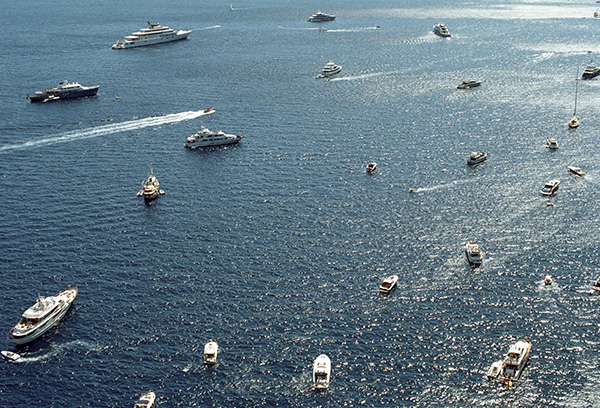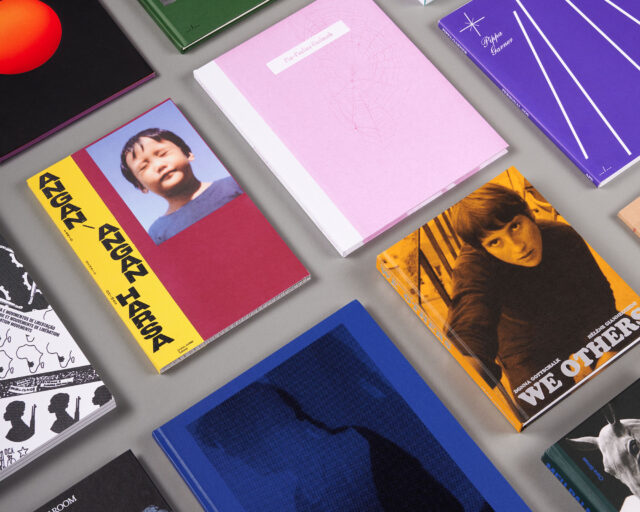The PhotoBook as a Literary Form
Is there not a formidable hybridization going on these days that conjoins literature and photography?
Teju Cole’s Blind Spot, a moving and playful fusion of text and image, would appear to be a solid contribution to this emerging hybrid activity (whose origins perhaps lie in books like Let Us Now Praise Famous Men, by James Agee and Walker Evans, or in the novels of W. G. Sebald). Its structure is as follows: an image on recto, usually a lightly abstracted image, almost always an image without a face (that is, not a portrait), and only occasionally an image with a figure, often an image that contains landscape, often an image that contains drapery, sometimes an image that contains some portion of an automobile, often an image of Northern Europe, though some-times of Africa and the United States of America, Beirut, São Paulo, etc.

Teju Cole, New York City, May 2015
Courtesy Steven Kasher Gallery, New York
And on the verso, there is text. The text is usually slugged to a subhead of place-names. “Poughkeepsie,” for example, or “Lagos,” or “Berlin.” (There is quite a bit of Berlin.) Beneath each sub-head is a short meditation, which comments on the photograph on the recto. Usually, it’s fair to say, the text depends upon the image and enlarges the signifying field of the image.
Sometimes the images turn up twice, as if they have yet to be fully described, as if the book is circling back to certain images. The writing, generally, is allusive, and accomplishes its mission via implication, discretely, as opposed to the kind of accumulation that we would call a story, which is to say a development of preordained meanings in time. There is a diaristic accumulation of the first person here, but it’s by no means certain that the first person is Teju Cole, the author. It could be a constructed Teju Cole, a refraction of the actual Teju Cole, especially given the author’s past as a writer of fiction. Because the book concerns itself with travel, or at least with the appearances of an apprehensible global field of destinations, assembled fragmentarily, it feels most relevant to think of the first-person narrator simply as a traveler. Or: the one who both travels and gazes upon.

Teju Cole, Blind Spot, Penguin Random House
New York, 2017
Sometimes the texts feel philosophical in ambition, and the clearest layer of influence would seem to be, e.g., the Roland Barthes of A Lover’s Discourse (1977) or Camera Lucida (1980). There are also emanations of Adorno and Nietzsche. Sometimes the texts feel like prose poems, or flash fictions. Perhaps, inevitably, there is the trace of Calvino’s celebrated novel Invisible Cities (1972), another genre-less work of literature that can be read in nearly any order and in which there is little conventional character work.
As with Calvino’s revolutionary text, Blind Spot makes possible improvised reading. In this way, the work feels musical, or, perhaps, it is structured like the Internet is structured. It encourages alternative engagements, impulsivities, lateral associations. The photographs flourish in this engagement. They inhabit multiple spaces and meanings. My one-year-old son, for example, took a great interest in Blind Spot, because of its heavy photo paper and handsome green exterior. I found him paging through the book repeatedly. On at least one occasion, however, he was reading it upside down. Is it the case that this approach to consuming the book was entirely out of line? We should travel in the book, as the book travels in the world.
Formally, then, Blind Spot is ingenious, conceptually rich, and original. You might make the distinction here that the texts, no matter how amiable, how casually brilliant, are art-historical texts, in that they are often concerned with illuminating or contextualizing the images. Or would that be another way to consign this work to taxonomy? And yet: its deconstructing of literary genre (is it a travel book, or a book of essays, or a book of prose poetry?) is like Achille Mbembe’s Critique of Black Reason (2017), wherein he writes: “The demotion of Europe opens up possibilities for critical thought.” The blurring of genres feels, in Blind Spot, like a restatement about how meaning is generated. It is both evidence of an unfolding of possibilities with respect to meaning, and about the relatedness of polysemic literature and image making.

Teju Cole, Capri, June 2015
Courtesy Steven Kasher Gallery, New York
“Losing myself in the city during those aimless walks,” Cole says in a chapter entitled “Brooklyn,” “I encounter chimeras made of lexical fore parts and material hind parts.” This would seem to be an allegory for the book itself. Blind Spot is an aimless walk (that is, organized in discrete and fragmentary sections), and it does mix “lexical” engagements on the left with “material” engagements on the right, though as usual in postmodernity, any oppositional arrangement is provisional and subject to change.
In a way what I imagine Cole is saying in “Brooklyn” is that these chimeras, though perhaps exotic at first blush, might be more aptly fitted together than anyone would have hitherto guessed back at the dawn of the camera obscura.
Teju Cole’s Blind Spot was shortlisted as part of the 2017 Paris Photo-Aperture Foundation PhotoBook Awards. The exhibition of all shortlisted books is on view at Aperture Gallery from December 9, 2017 – February 2018.


























